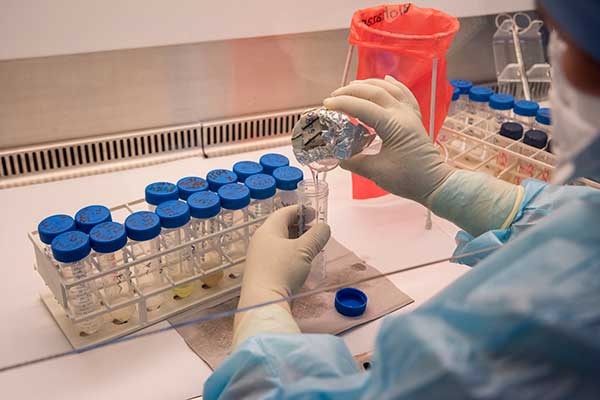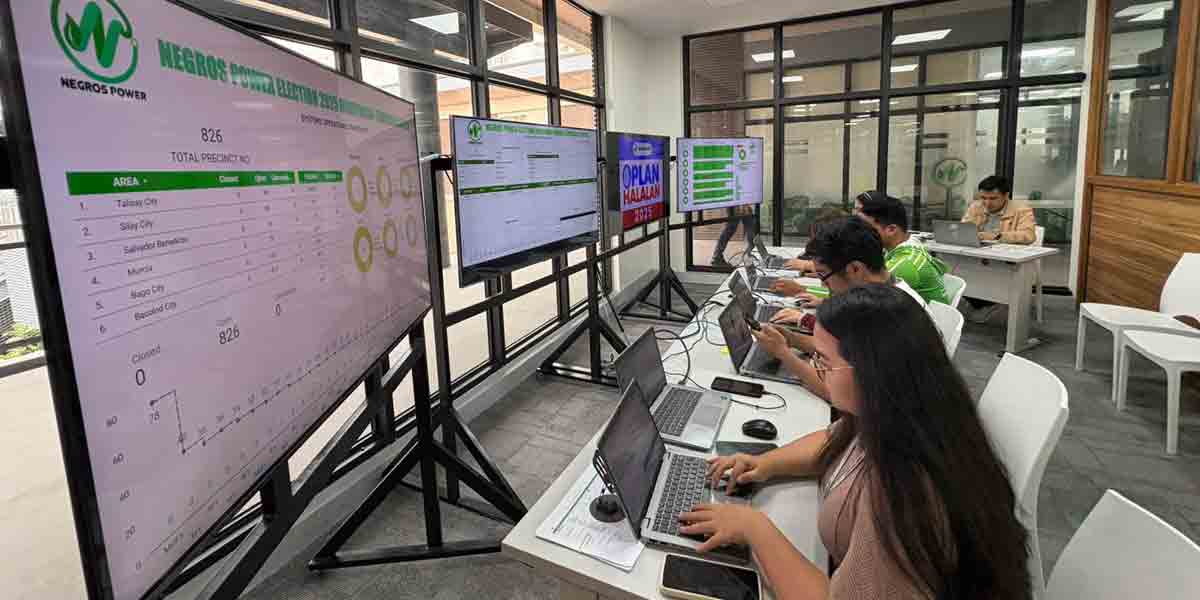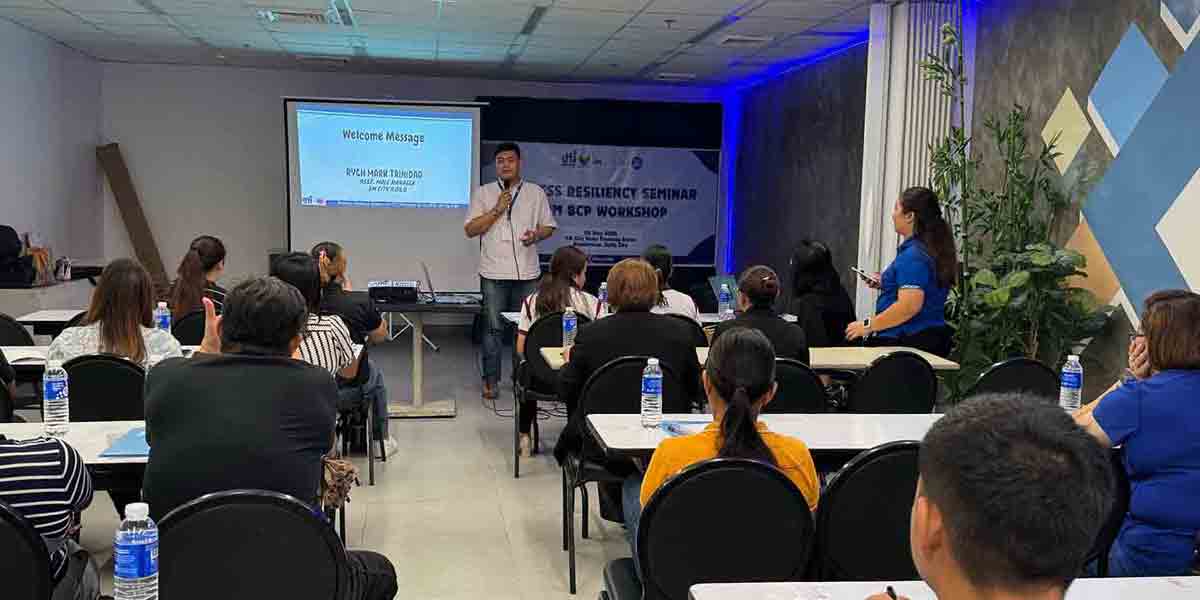
GENEVA—A new World Health Organization (WHO) report has revealed slow progress in addressing critical gaps in infection prevention and control (IPC) practices, with health care-associated infections (HAIs) continuing to pose a significant threat globally.
Released during a G7 side-event hosted by Italy, the report found that while 71% of countries have an active IPC program, only 6% met all WHO IPC minimum requirements in 2023-2024.
This falls drastically short of the target of 90% by 2030 outlined in the WHO Global Action Plan and Monitoring Framework on IPC.
“The COVID-19 pandemic, along with outbreaks of Ebola, Marburg, and mpox, are the most dramatic demonstrations of how pathogens can spread rapidly in health care settings,” said WHO Director-General Dr. Tedros Adhanom Ghebreyesus.
“These health care-associated infections are a daily threat in every hospital and clinic, not only during epidemics and pandemics. Every country can and must do more to prevent infections in health facilities, and control them when they strike,” he added.
Patients in low- and middle-income countries (LMICs) face the highest risks, with up to 20 times the likelihood of acquiring infections during health care compared to patients in high-income countries.
HAIs can prolong hospital stays, lead to severe complications such as sepsis, and, in some cases, result in disability or death.
The report underscored the cost-effectiveness of improving IPC measures, particularly as a strategy to combat antimicrobial resistance (AMR).
Globally, 136 million antibiotic-resistant HAIs occur annually, and WHO estimates up to 3.5 million deaths per year could result from HAIs without urgent action.
“WHO is committed to supporting countries to ensure that by 2030, everyone accessing and providing health care is safe from HAIs,” said Dr. Bruce Aylward, WHO Assistant Director-General for Universal Health Coverage.
Addressing IPC challenges, particularly in LMICs, requires urgent investments in training IPC professionals, ensuring budget allocations, and providing essential supplies.
In 2023, nearly a quarter of countries reported shortages of personal protective equipment (PPE), illustrating a lack of preparedness in many health systems.
Modeling by WHO and the Organisation for Economic Cooperation and Development (OECD) indicates that improved IPC measures at health facilities could avert up to 821,000 deaths annually by 2050.
Such interventions would also generate savings of USD 112 billion (approximately PHP 6.34 trillion) in health care expenditures and produce economic gains of up to USD 124 billion (PHP 7.02 trillion).
The WHO emphasized the importance of addressing IPC challenges at every level, from health care facilities to national policies.
“Fulfilling all IPC minimum requirements at the national and health care facility levels should be a priority for all countries, to protect patients and health care workers, and prevent unnecessary suffering,” Aylward said.
The report calls for stronger disease surveillance systems, better coordination by health ministries, and targeted investments to ensure health care safety for all, particularly in LMICs and vulnerable settings.



















